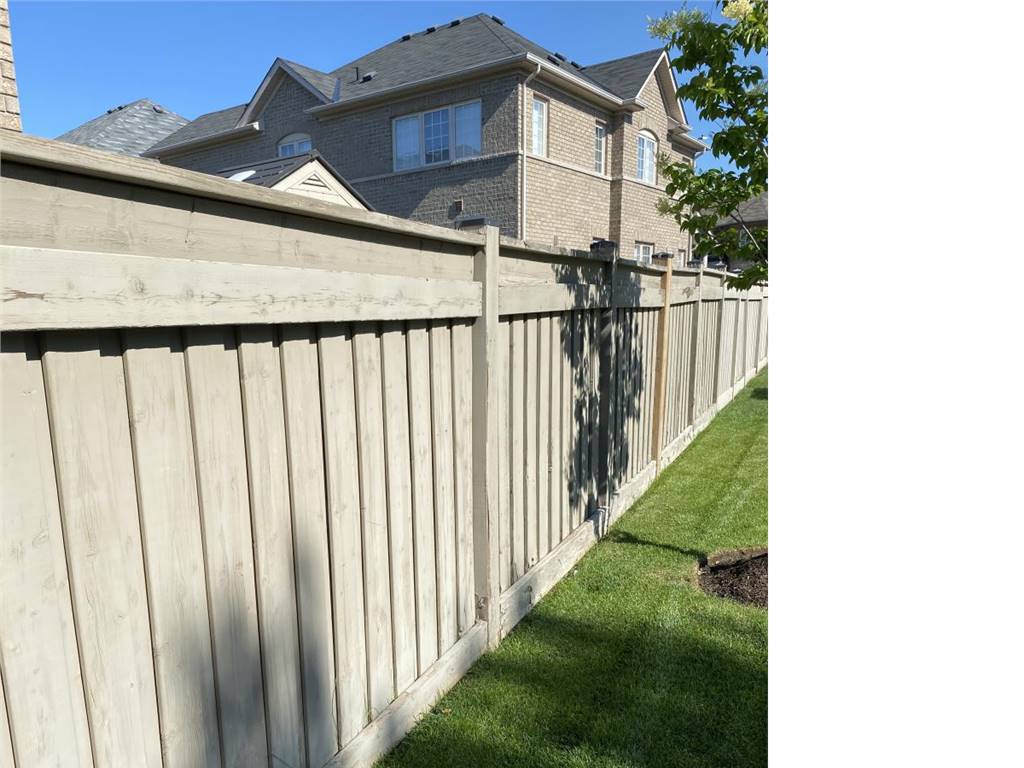
Voc Paints: What Does It Mean?
If you're new to painting, the term VOC might be unfamiliar to you. Volatile organic compounds, or VOCs, are a type of chemical that is found in many paints. In general, the higher the VOC content of a paint, the more harmful it can be to your health and the environment. If you're looking for a low-VOC paint, there are many options on the market today. In this blog post, we'll discuss what VOCs are and why they matter when choosing a paint. We'll also share some tips for finding low-VOC paints that will meet your needs. Thanks for reading!
What Does VOC Paint Mean?
Volatile organic compounds (VOCs) are carbon-containing chemicals that vaporize (evaporate) easily at room temperature. Some VOCs are harmful to human health and the environment.
Some common sources of indoor VOCs include: paints, paint strippers, lacquers, cleaning fluids, pesticides, building materials, furnishings, cigarettes, and air fresheners. Outdoor sources of VOCs include gasoline vapors, automobile exhaust fumes, and emissions from factories and power plants.
These are molecules that readily evaporate at room temperature, and are often found in paint and other household products. VOCs can have negative health effects, so the government regulates the amount of VOCs that can be present in a product. "Low-VOC" or "no-VOC" paints have very low levels of these compounds, making them safer to use.
Health effects of VOCs can include eye, nose, and throat irritation; headaches; dizziness; nausea; and damage to the liver, kidney, and central nervous system. Short-term exposure to high concentrations of VOCs can also cause death. The EPA has set maximum concentrations for some VOCs in outdoor air that are supposed to protect public health. These levels are called National Ambient Air Quality Standards (NAAQS) in the United States.
What Are the Benefits of Low-VOC or No-VOC Paints?
There are a number of benefits to using low-VOC or no-VOC paints, both for the environment and for your own health. Low-VOC paints emit fewer harmful chemicals into the air, which can help to improve air quality and reduce pollution. They also tend to be easier on the skin and respiratory system, making them a good choice for people with allergies or sensitivities. In addition, low-VOC paints often have a lower carbon footprint than traditional paints, as they produce fewer emissions during manufacturing.
There are a few potential disadvantages of low- and no-VOC paints. Firstly, they may not be as durable as traditional paints, so they may need to be reapplied more often. Secondly, they can be more expensive than traditional paints. Finally, some people may find the smell of low- and no-VOC paints to be unpleasant.
How Long Do VOCs Stay After Painting?
Volatile organic compounds (VOCs) are released into the air when painting, and they can last for several days or weeks after the job is done. The amount of time that VOCs linger depends on a few factors, including the type of paint used, the temperature and humidity of the room, and how well-ventilated it is. In general, however, you can expect VOCs to stick around for at least a few months after painting.
Are VOC Paints Prohibited?
There is no outright prohibition of VOC paints, but many government and environmental organizations are now encouraging the use of low or zero-VOC paints. The primary reason for this is that VOCs are known to contribute to air pollution, and since paint is often one of the largest sources of VOC emissions in indoor environments, using low or zero-VOC paints can help reduce overall levels of air pollution. Additionally, many people find that low or zero-VOC paints produce less fumes and odors than traditional VOC paints.



